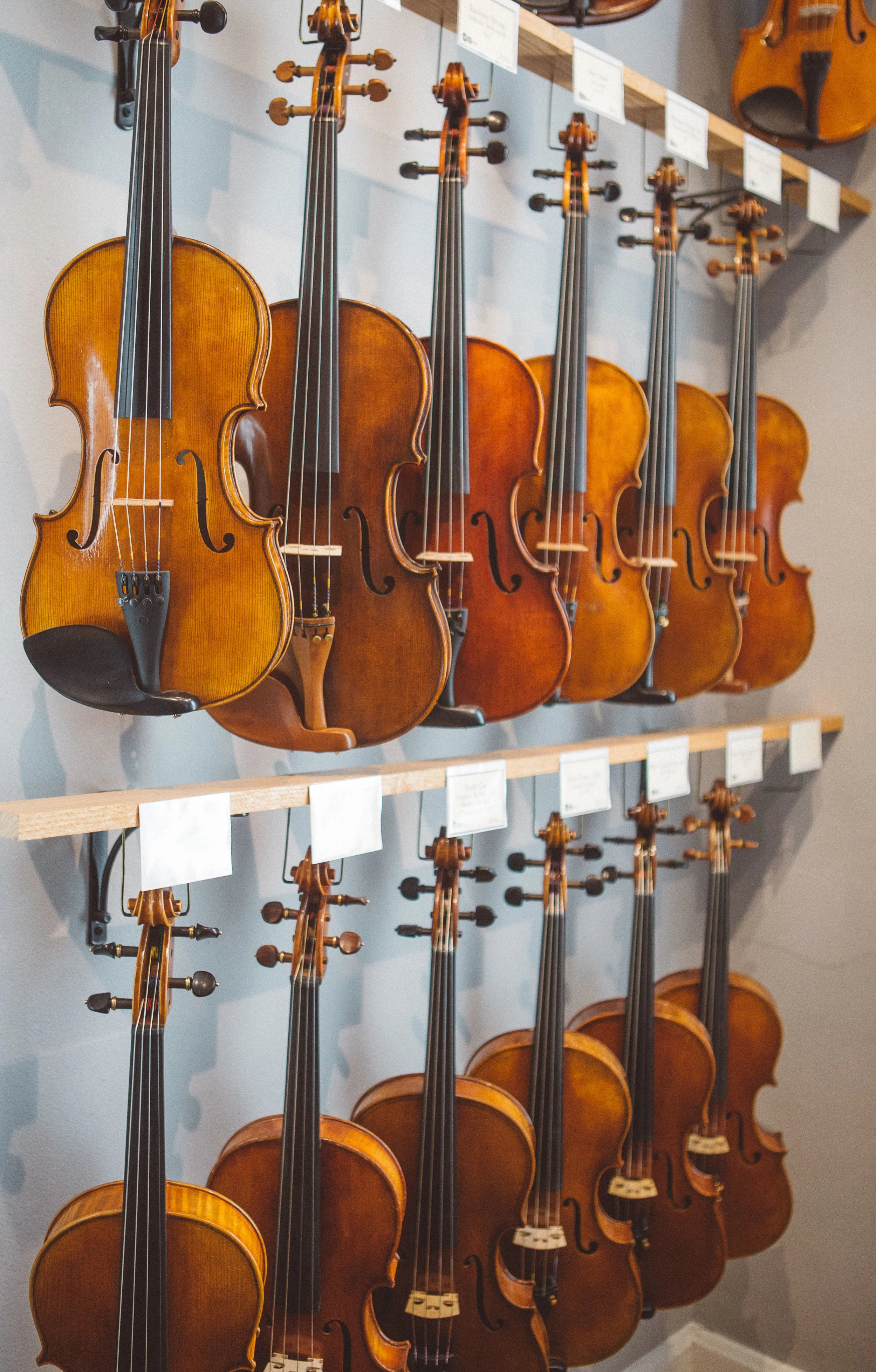STUDY TECHNIQUES FOR THE VIOLIN
Playing the violin is a fascinating activity, both in terms of making music and overcoming technical challenges. In my case, it took me many years to understand and master all the elements involved in playing well, but today I can say that I am able to enjoy my daily life with the violin to the fullest, precisely because I have found a balance between making music, with all the pleasure that this entails, and overcoming technical difficulties in a satisfactory way. The result is that, in addition to my natural vocation for being a violin teacher, I have a great passion for everything that is required to play this marvelous instrument well. I am aware that the technique of the instrument is the most difficult aspect we face; for this reason I would like to share with you my vision of the daily study of the violin, so that you can get the most out of your daily work with the instrument.
Before picking up the violin, I recommend that you spend some time warming up the joints that you will be using the most. These exercises involve light movements of the fingers, hands, wrists, elbows and shoulders, without forgetting the posture that we need to maintain once we have the violin in our hands. This should not take more than 10 minutes and will not only make us feel more comfortable, but will also help us avoid possible injuries and discomfort in the future.
Once we feel that our bodies are ready to play, we should begin with some basic technical exercises, such as scales and etudes. My recommendation is not to leave the more technically difficult parts until the end, but to work on them slowly first. At this point it is important to get into the habit of taking short breaks every 20 minutes.
My students usually have very little time to practice, so I insist on the idea that their study must be as focused as possible. In this sense, as time goes by, we may feel that our level of concentration drops, which is perfectly normal. What I recommend in these cases is: (a) to listen carefully to what we are playing, analyzing every mistake; (b) to use repetition to internalize the passages; (c) to go deeper into perfecting each passage in a thorough way: varying the rhythm, changing the tempo, etc. Thus, I believe that the combination of attentive listening and repetition is the strategy that can help us achieve higher levels of effectiveness and better use of time than a more monotonous approach to learning.
One of the most valued aspects of our playing is sound and in this sense working on how we produce that sound is of the utmost importance. As a general guideline, I must say that posture has a great influence on both the power and quality of the sound. So does control over the bow, as well as roundness in the position of the right hand, contact (or weight) of the arm, among other factors. Once these technical aspects are established and internalized, we must concentrate on producing maximum volume without forcing the muscles or neglecting tuning and vibrato control.
As an additional element, I would like to emphasize the benefits of recording ourselves from time to time, as it helps us to check that everything we are working on sounds the way we really want it to. However, it's worth pointing out that this step can cause some frustration, which logically we should avoid as much as possible if we don't want to run the risk of losing our motivation. In this respect, I try to be patient with myself. I think that we cannot the same level of practice every day, that sometimes we are more tired and that we have to adjust our expectations accordingly.
Frequently Asked Questions
-
Some essential techniques include proper bow holding and bowing technique, finger placement on the fretboard, first position playing, left hand articulation, intonation and basic techniques such as slurs, vibrato and trills.
-
You must start by practicing with a metronome to develop a consistent rhythm. Gradually increase the tempo and practice with different finger positions on the fingerboard. It’s important to relax your hand tension and listen carefully to your intonation. Incorporating vibrato exercises into your daily practice sessions will help improve your technique over time.
-
To improve intonation on the violin, practice playing scales and arpeggios slowly on a tuner or piano. This will help develop muscle memory for accurate finger placement. Regularly listening to professional violinists and focusing on their intonation can also help train your ear. Record your practice sessions and listen for pitch discrepancies to identify areas that need improvement.
-
Some essential violin bowing techniques to focus on are detache, legato, staccato, spiccato and sautille. Proper bow grip and control, as well as bow distribution and pressure, play an important role in achieving these techniques. Practicing simple etudes and exercises can help build your skills in various bowing techniques.
-
Good left-hand technique involves relaxed hand posture, accurate finger placement and appropriate finger pressure on the fretboard. Practicing scales and arpeggios while focusing on these aspects can help develop a strong left-hand technique. Smooth transition between first, third and higher positions is also essential for advanced playing.
-
The Suzuki Method is an approach to violin teaching that emphasizes listening, imitation and parental involvement. It’s appropriate for young children because it encourages learning through play and positive reinforcement. Adult beginners can also benefit from the Suzuki Method’s emphasis on ear training and repetition. Combining the Suzuki Method with traditional violin lessons can provide a well-rounded learning experience for adult violinists.
-
A violin teacher can provide personalized instruction and recommendations for specific techniques such as double stops and trills. They can help you identify areas that need improvement, suggest proper fingerings and create exercises tailored to your needs. A teacher can also monitor your progress and make sure you’re developing good habits and technique.
-
Yes, there are many online resources for learning violin technique, including video lessons from professional violinists, online violin schools and instructional articles. Be sure to choose a reputable source, and don’t hesitate to combine multiple resources. However, seeking the guidance of a professional violin teacher, either in person or through online lessons, is highly recommended for a comprehensive learning experience.
-
While it’s possible to learn to play the violin without music, especially at the beginning, developing the ability to read music allows you to explore different musical styles and repertoires. Many violinists use a combination of sheet music, ear training and improvisation in their practice. Learning to read music and combining it with other learning methods will greatly enhance your overall musicality and understanding of the instrument.
-
Regular practice is the key to progress on the violin. Aim to practice at least 20-30 minutes a day, focusing on different aspects of technique such as bowing, left-hand articulation and intonation. Gradually increase the length of your practice sessions and take breaks as needed to avoid injury or fatigue. Also, setting achievable goals and tracking your progress can help you stay motivated and be consistent with your practice.
Read more articles
Quick video tips
““The combination of attentive listening and repetition is the strategy that can help us achieve higher levels of effectiveness and better use of time than a more monotonous approach to learning.””




























